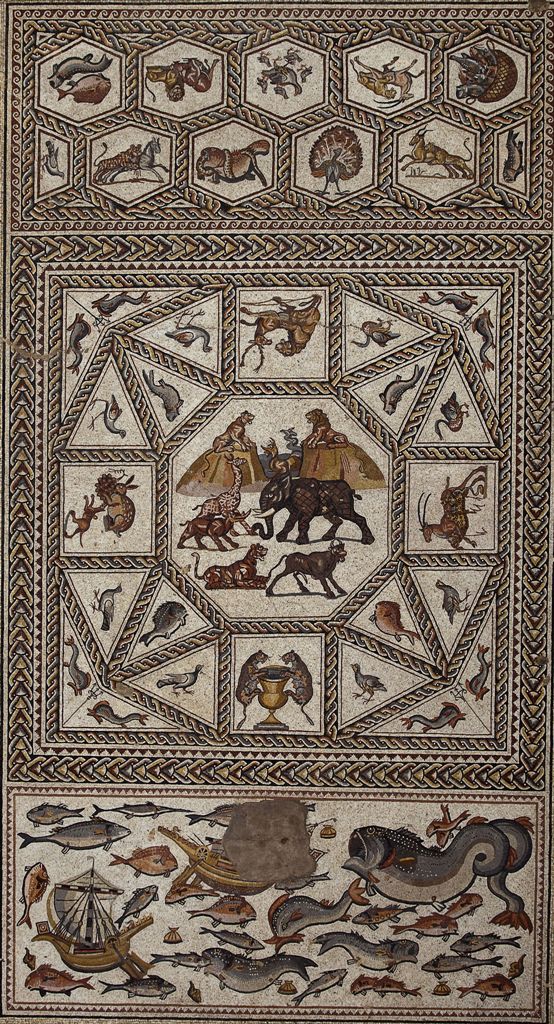Midterms are upon us and with them, a barrage of dates, facts, lab reports and other exercises that place a premium on processing information.
 I thought I'd buck that trend by having the students in my Jewish Geography course, which explores the relationship of the modern Jewish experience to the American landscape, do something a tad more creative: to imagine themselves as newcomers, as immigrants, to the New World and to do so through a venue of their own choosing – or devising.
I thought I'd buck that trend by having the students in my Jewish Geography course, which explores the relationship of the modern Jewish experience to the American landscape, do something a tad more creative: to imagine themselves as newcomers, as immigrants, to the New World and to do so through a venue of their own choosing – or devising.
Drawing on the kit and caboodle of ideas, sounds, impressions (and misimpressions) that constitute their cultural baggage – on family stories passed down from generation to generation as well as on old, sepia-toned photographs - the students were encouraged to think – really think – about what immigration, transplantation and dislocation actually entailed.
I'm delighted to report that they acquitted themselves admirably. Some took to paper, others to song and still others to YouTube, giving voice to diary entries, reminiscences, short stories, recipes and mini-documentaries. A couple of students even created a performance piece.
Several women imagined themselves as men, while a handful of men imagined themselves as women. Some inhabited a world of their own making, creating fictional characters. Others built on the foundational stories of their ancestors. And still others found a congenial, real life historical personality and imagined what it must have been like to have been him or her.
A whole lot of conjuring going on…
One can only wonder what the man in Luis Sanguino's "The Immigrants" is wondering. Creative commons Flickr content by Wally Gobetz.

 Yiddish may not be what it once was – the lingua franca, the daily language, of
Yiddish may not be what it once was – the lingua franca, the daily language, of 
 Others, however, rejected this position out of hand and resolutely kept on keeping kosher, while still others (the majority, perhaps?) sought a middle ground, choosing, as
Others, however, rejected this position out of hand and resolutely kept on keeping kosher, while still others (the majority, perhaps?) sought a middle ground, choosing, as 
 Both men left behind a mass of papers - so many, in fact, that they've come to inhabit every nook and cranny of the dust-laden Bronx apartment Grade shared with his wife Inna and, near as anyone can tell, that of the cat-infested Tel Aviv apartment of Eva Hoffe as well. Hoffe, who in a delicious twist of irony, lives on Spinoza Street, is the daughter of Esther Hoffe (Are you still with me?) who was the secretary of
Both men left behind a mass of papers - so many, in fact, that they've come to inhabit every nook and cranny of the dust-laden Bronx apartment Grade shared with his wife Inna and, near as anyone can tell, that of the cat-infested Tel Aviv apartment of Eva Hoffe as well. Hoffe, who in a delicious twist of irony, lives on Spinoza Street, is the daughter of Esther Hoffe (Are you still with me?) who was the secretary of  Much like Christo's 2005 site specific project,
Much like Christo's 2005 site specific project,  It's tempting to cite Warhol's Marilyns as the inspiration for the 18 screen prints in Miriam Mörsel Nathan's Greta series, each of which shows a different colored version of the same dress.
It's tempting to cite Warhol's Marilyns as the inspiration for the 18 screen prints in Miriam Mörsel Nathan's Greta series, each of which shows a different colored version of the same dress. MW: Dan, as someone with a lot of experience in Jewish journalism, what are some of the challenges inherent in interviewing scholars of Jewish history or culture? Is it tough to get professors to speak in anything close to sound bites? What are some of the things you wish all Judaic studies professors hopeful of appearing in the Forward’s arts and culture section knew about your beat?
MW: Dan, as someone with a lot of experience in Jewish journalism, what are some of the challenges inherent in interviewing scholars of Jewish history or culture? Is it tough to get professors to speak in anything close to sound bites? What are some of the things you wish all Judaic studies professors hopeful of appearing in the Forward’s arts and culture section knew about your beat?  Other posters, mixing their metaphors right and left, drew both on Orientalist imagery and the modern preoccupation with physical well-being. Summoning the "genie of Jaffa," who magically materialized from the inside of a Jaffa orange, this advertisement also summoned up the potent word "vitamins," and with it, the promise of good health.
Other posters, mixing their metaphors right and left, drew both on Orientalist imagery and the modern preoccupation with physical well-being. Summoning the "genie of Jaffa," who magically materialized from the inside of a Jaffa orange, this advertisement also summoned up the potent word "vitamins," and with it, the promise of good health.